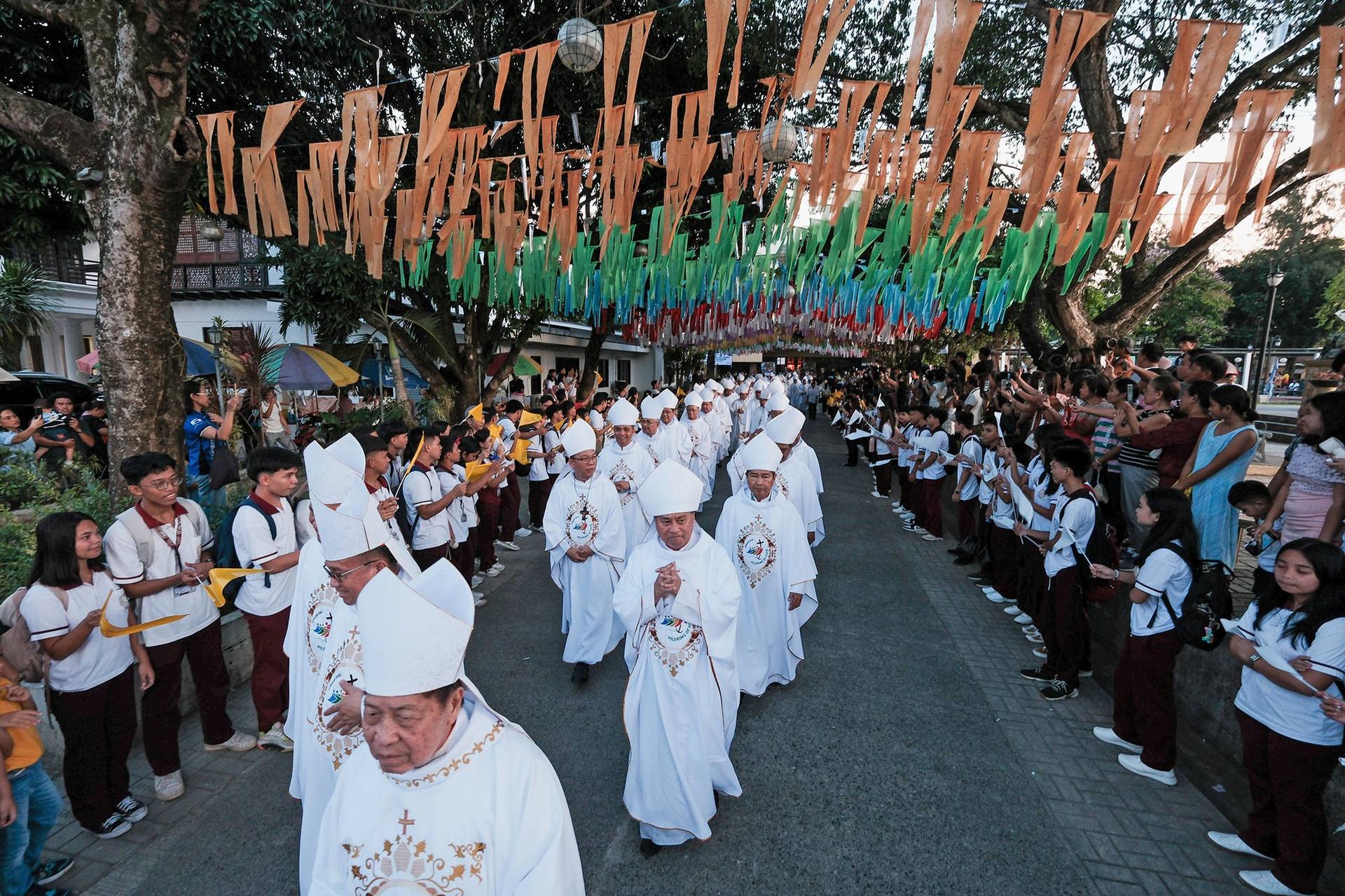PHILADELPHIA — A Philadelphia historical panel is recommending the demolition of the two spires of a shuttered 19th-century church at the urging of the New Jersey developer who bought the building earlier this year, but says the crumbling structure faces imminent collapse.
Six Philadelphia Historical Commission members voted Friday to support the motion on St. Laurentius in Fishtown, as did city officials, The Philadelphia Inquirer reported. One member voted against, another recused himself and a third abstained. Commissioners recommended that the front facade of the building be protected or reconstructed.
An architectural panel of the commission late last month declined to approve demolition and called on developer Humberto Fernandini to come up with alternatives to rehabilitate the structure, which neighbors and former parishioners have been campaigning to save for years.
Fernandini bought the building in January for $50,000 from the Archdiocese of Philadelphia, saying he was “committed to keeping the church standing.” But this summer, he applied to demolish it, citing safety concerns.
Commissioner David Perri of the licenses and inspections department repeated during Friday’s virtual meeting a recommendation that the twin spires, a prominent feature of the neighborhood’s skyline, be torn down.
“Demolition needs to begin as soon as possible,” Perri said during the call, in which several community members who oppose demolition implored officials to preserve the structure.
The church was built in 1882 with the donations of Polish immigrants. In 2014, the archdiocese of Philadelphia announced its closure, citing “vertical cracks” and a “heavily deteriorated” facade that threatened collapse without restoration that would cost an estimated $3.5 million. Supporters said their estimates totaled only $700,000. The historical commission added the church to the city’s historic register in 2015.
Concerns rose last year when pieces of the facade crumbled, in one case with 6,000 pounds (2,720 kilograms) of rock breaking off a spire, puncturing steel scaffolding and falling into a fenced safety zone around the church, prompting closure of the nearby Catholic school for two days. The archdiocese spent $135,000 to stabilize the building and the city’s licensing and inspection department said in December the structure appeared to be in better shape.
After Fernandini bought the building in January, two engineers both concluded that St. Laurentius had decayed substantially, and one predicted in June “at least partial collapse of the northeastern or northwestern towers within the next 10 years and an 80% probability of partial collapse within three years.” But a structural engineer hired by the Preservation Alliance of Greater Philadelphia said the structure “clearly has reserved strength” and noted that St. Laurentius had remained standing for seven years despite dire assessments by a number of engineers.
Residents said that, after purchasing the building, the developer had made little effort to stabilize it.
“If this building was in such a dire state of disrepair, they would have taken any and all measures to protect the public,” resident Dana Fedeli said Friday, suggesting that neglect of the building was intended to leave little option but to raze it.
Lawyer Matthew McClure, speaking at last month’s hearing on Fernandini’s behalf, said the situation wasn’t his client’s fault and asked officials not to “shoot the messenger.”
Structural engineers hired by Fernandini recommended that the towers be pulled down from the south to lessen the chance that they would fall onto the neighborhood’s narrow streets lined with row homes but would instead fall into the main body of the church.
“This isn’t about public safety,” said John Scott, a community member who spoke Friday. “This is about getting permission through the Historical Commission to do the cheapest, dirtiest demolition possible in a dense urban neighborhood.”

















